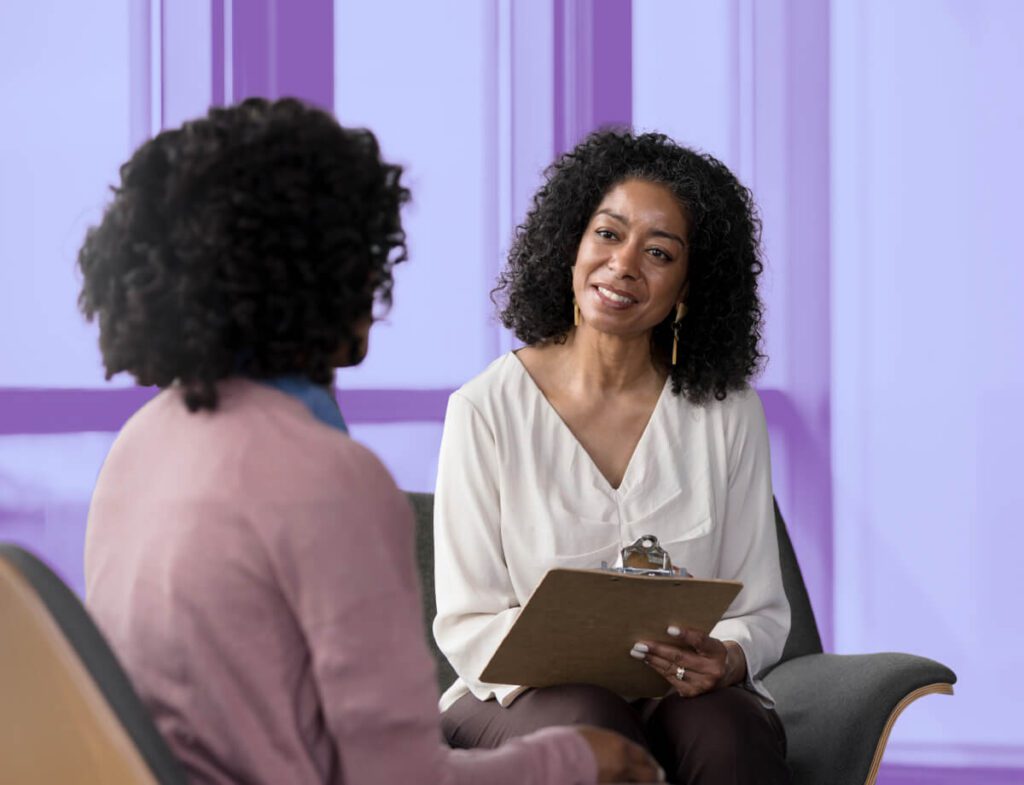Direct giving, or person-to-person philanthropy, is a powerful tool that enables donors to provide financial support directly to individuals in need. With crowdfunding platforms, payment applications, and other technology, this form of generosity has become more accessible and enticing to donors than ever before.
But what does direct giving mean for nonprofits? In this guide, we’ll explore why direct giving is of growing interest to donors and explain how nonprofits grappling with donor retention can leverage this form of giving.
1. What is direct giving?
Direct giving is a form of philanthropy in which donors give directly to individuals in need, without the involvement of intermediaries like charitable organizations. This type of giving is often based on personal relationships or shared values and can be used to support a wide range of causes, from disaster relief to education to healthcare. In the nonprofit sector, direct giving is most often associated with crowdfunding, a practice in which small amounts of money are collected from a large number of people, typically via the internet. For instance, a cancer patient might ask their social media followers to send donations via Venmo to help cover the cost of their treatment.2. Why is direct giving important?
Direct giving allows donors to directly and personally support people and causes that they hold dear. As a result, donors have more control over how their contributions are used, which can help to foster closer relationships between them and the recipients. It can also be more efficient and effective than traditional forms of charitable giving since funds don’t have to pass through bureaucratic intermediaries. Additionally, direct giving helps to promote accountability and transparency in the nonprofit sector, as donors can more easily monitor how their funds drive change.3. Why do donors choose direct giving?
It’s important to acknowledge the amount of giving taking place outside of traditional nonprofit structures. To do so, consider this recent report, which found that out of 5,153 American adults:- 76% of people aged 18 to 34 and 46% of those aged 50 and older agreed with the statement “I prefer to give directly to individuals in need and not via nonprofit organizations, platforms, or websites.”
- 12% said they had participated in direct giving in the past 12 months.
- People who did not donate at least $50 to a charity in the past year were more likely to have started a crowdfunding campaign.
4. How can nonprofits leverage direct giving?
As evidenced by the research above, direct giving poses a unique challenge for nonprofits. With so many people giving directly to individuals, rather than to nonprofits, how can your organization continue making a difference? The reality is that direct giving will never replace or outweigh the meaningful work that nonprofits do. People will continue to give to fundraising campaigns just as they do to individuals. Nevertheless, nonprofits can leverage direct giving to engage and build trust with donors interested in this approach. Begin by creating campaigns or initiatives that highlight direct giving opportunities. For instance, you might connect with supporters using strategies like peer-to-peer campaigns in order to help your audience understand the importance of your purpose and familiarize them with your fundraising efforts. You can also take cues from direct giving and build similar kinds of authentic, meaningful relationships with supporters by communicating the impact of their donations on your beneficiaries. For instance, you might say, “Your gift of $100 helped us send free educational resources to children like James.” Center your beneficiaries in your communications, so donors can see the change they’re creating for them. Doing so mimics the direct giving philosophy and further encourages donors to take an active role in supporting your cause.Direct giving is beneficial for all
Overall, direct giving is a powerful tool that can help to address pressing social issues and make a meaningful difference in the lives of those in need. While it can seem like a threat to nonprofits and other charitable giving channels, direct giving should be leveraged by nonprofits in order to help more people and make the world a better place.
Ready to Get Started?




